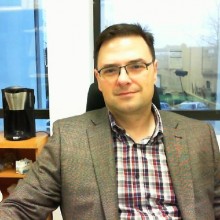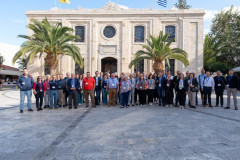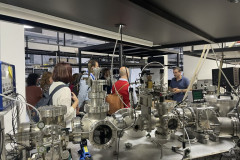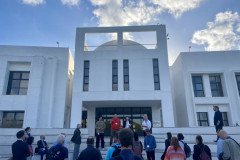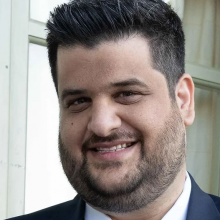
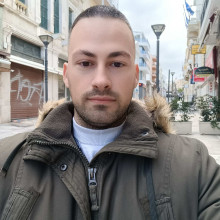
Laserlab-Europe, the Integrated Initiative of European Laser Research Infrastructures, understands itself as the central place in Europe where new developments in laser research take place in a flexible and co-ordinated fashion beyond the potential of a national scale. The Consortium currently brings together 35 leading organizations in laser-based inter-disciplinary research from 18 countries. Its main objectives are to maintain a sustainable inter-disciplinary network of European national laboratories; to strengthen the European leading role in laser research through Joint Research Activities; and to offer access to state-of-the-art laser research facilities to researchers from all fields of science and from any laboratory in order to perform world-class research.
Lasers and photonics, one of only five key enabling technologies identified by the European Union, are not only essential for the scientific future but also for the socio-economic security of any country. Given the importance of lasers and their applications in all areas of sciences, life sciences and technologies, the main objectives of the consortium are:
- To maintain a competitive, inter-disciplinary network of European national laser laboratories;
- To strengthen the European leading role in laser research through Joint Research Activities (JRA), pushing the laser concept into new directions and opening up new applications of key importance in research and innovation;
- To offer transnational access to top-quality laser research facilities in a highly co-ordinated fashion for the benefit of the European research community;
- To increase the European basis in laser research and applications by reaching out to neighboring scientific communities and by assisting in the development of Laser Research Infrastructures on both the national and the European level
Funding




